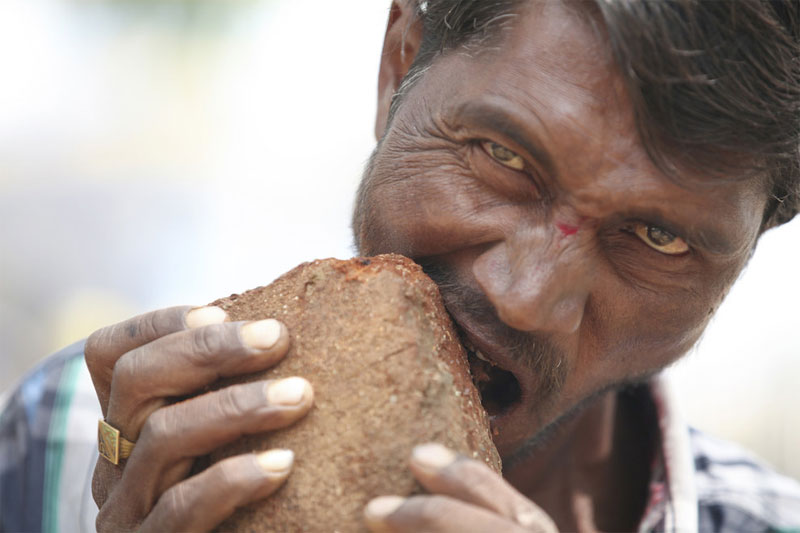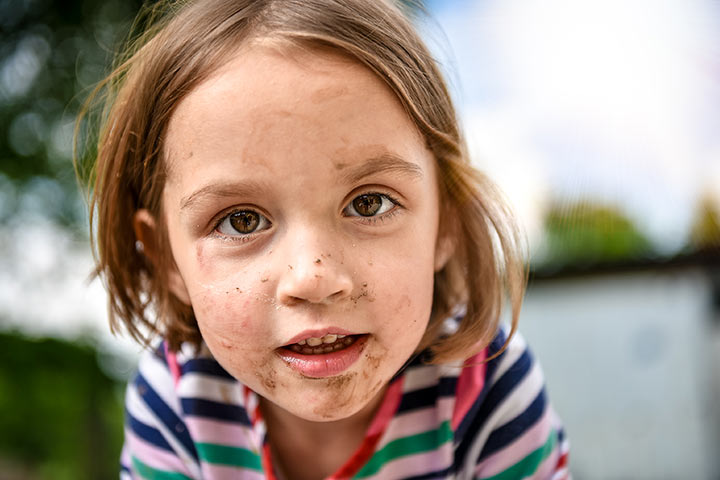

Pica can have a wide range of effects depending on what non-food item(s) a person eats. Because it’s compulsive, people with this condition have a very hard time controlling the urge on their own. Pica is a condition where a person compulsively eats things that aren’t food and don’t have any nutritional value.

This kind of pica usually goes away on its own very quickly. Yet another reason is that infants and young children often put things in their mouths, which is part of their normal development. This can happen when people don’t tell their doctor about it or don’t report signs of it in their children. It’s also common for healthcare providers to miss the condition entirely. That’s partly because research studies often don’t use the same definition for this condition. Pica is a relatively common condition, but experts aren’t sure exactly how common it is. People with certain mental health conditions, especially autism spectrum disorder, intellectual disabilities or schizophrenia.Young children, especially those under 6 years old.Pica can happen to anyone at any age but tends to happen in three specific groups of people: This bird has a reputation for eating unusual objects. Pronounced “PIKE-ah,” pica gets its name from a bird species, the Eurasian magpie (the formal Latin name for that species is Pica pica). However, it can cause major problems if a person with this condition eats something toxic or dangerous.
:max_bytes(150000):strip_icc()/pica-5083875_final-dd5ee2a75eee4a419303906c5aafc501.gif)
Depending on when and why a person does this, pica can be normal, expected and harmless.
#Pica pica syndrome free
If you have any questions or concerns about Pica or any other common or rare eating disorder, feel free to contact us today.Pica is an eating disorder where a person compulsively eats things that aren’t food and don’t have any nutritional value or purpose. Pica can be difficult to treat but it is possible. While some of the substances Pica patients consume, like dirt, chalk, and ice, don’t pose any health risks, others do. Pica is a fascination disorder, but it can also be dangerous. This practice is due to the clay having health benefits such as absorbing toxins. For example, in parts of Africa the ingestion of kaolin, a type of white clay, is common. Certain cultures and religions involve eating non-nutritional substances. While most cases of Pica are caused by a nutritional deficiency or a specific disorder, there are cases of cultural pica. Pica Isn’t Limited To Deficiency or Disorder

Young children tend to have Pica too, but this usually subsides after the child turns two or three. Poor nutrition can lead to to it as well, and in this case, they tend to crave things such as ice or starch. People with developmental delays or autism also have Pica at higher rates. Many pregnant women have Pica tendencies, with chalk being a common craving. However, there are some conditions that correlate with a higher rate of this rare eating disorder. Certain Conditions Have A Higher Rate of Pica Xylophagia (wood, or derivates of wood such as paper)Ĥ.Trichophagia(hair, wool, and other fibers).Psychiatrists categorize Pica patients into different subtypes based on what they most commonly like to eat. Pica is defined as the intentional consumption of substances that don’t have significant nutritional value. Scientists still don’t know what cases pica in animals, as there’s no sufficient evidence to definitively prove any current theories. Pica has also been observed in cats and dogs, but in these cases it can be a sign of a medical condition, such as immune-mediated hemolytic anemia. It’s been observed in other animals such as chimpanzees. The disorder reached its apex in the 16th through the 18th Centuries, when it was extensively documented and researched in Europe. It’s been observed throughout history all over the world, in both premodern and modern cultures. The puzzling phenomenon known as Pica has been described in historical accounts since ancient times. It’s not a well-known disorder, so here are a few facts everyone should know about it. People with Pica find themselves eating things such as dirt, chalk, or even more dangerous objects that can lead to serious consequences. Pica refers to the persistent craving and compulsive eating of nonfood substances. Pica is one type of rare eating disorder that seems odd and almost fake to many people, but is in fact a serious and potentially life-threatening mental health condition. While those are certainly worth discussing, there are also more rare eating disorders that are not as well known. The conversation around eating disorders is usually limited to well known conditions like bulimia or anorexia.


 0 kommentar(er)
0 kommentar(er)
